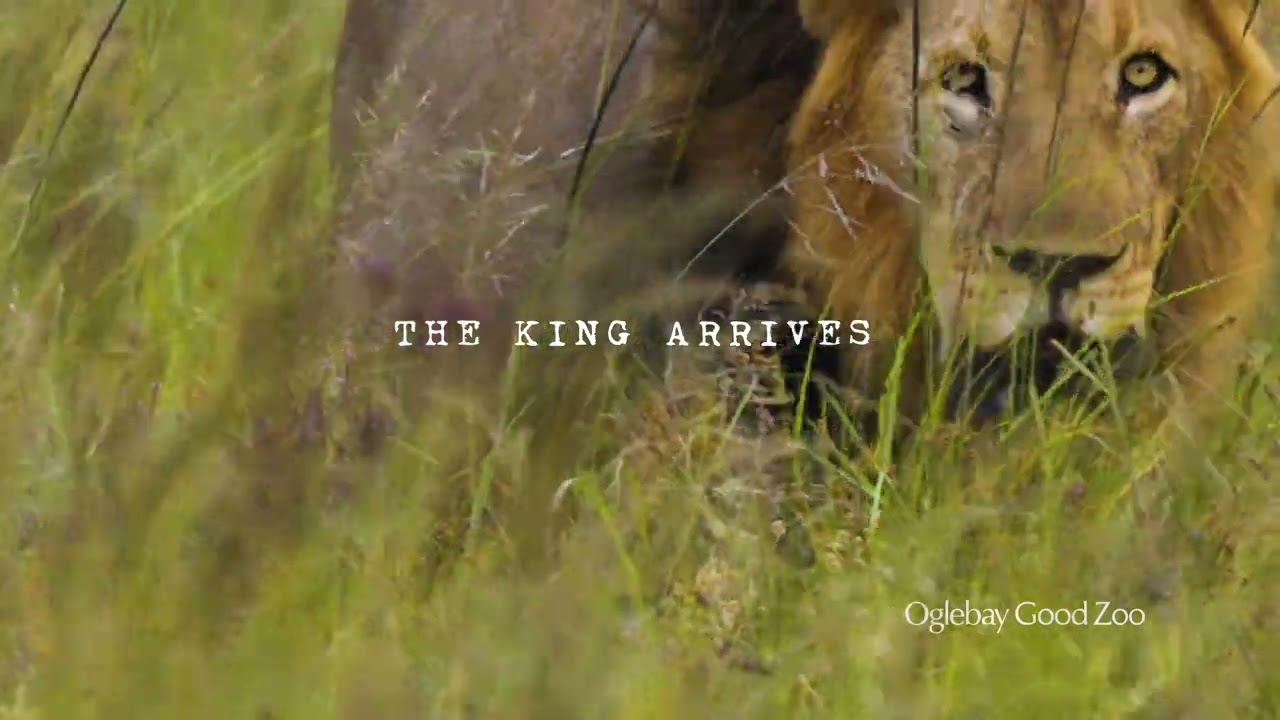- An overview of the new lion exhibit at Oglebay Good Zoo, emphasizing its significance in zoo management and visitor engagement.
- The role of lions in wildlife conservation efforts and the importance of educational initiatives in zoos.
- Detailed insights into the biology and behavior of lions, incorporating anatomical and ecological aspects.
- Examination of the impact of introducing such a major exhibit on the zoo’s operation and community presence.
- Technological advancements in zoo habitats to enhance animal welfare and visitor educational experiences.
Oglebay Good Zoo is set to welcome a majestic addition to its collection of animal exhibits in 2026—the arrival of lions. This development, eagerly awaited by both the local community and wildlife enthusiasts, marks a significant stride in the zoo’s ongoing efforts to reinforce its role in conservation and education. Understanding the intricacies of modern zoo management and the significance of introducing an apex predator such as the lion into a controlled environment is crucial for appreciating this initiative.
The forthcoming lion exhibit at Oglebay Good Zoo will not only enrich the diversity of the zoo’s inhabitants but also serves as a pivotal tool for wildlife conservation. Lions, recognized as a magnificent species within the animal kingdom, are classified as vulnerable by the International Union for Conservation of Nature (IUCN). The integration of lions into the zoo’s ecosystem facilitates a practical avenue for showcasing the necessity of preserving these animals in the wild. Educational programs can leverage the physical presence of lions to illustrate their ecological roles, behaviors, and the challenges they face in their natural habitats. Conservation education is thus central to the zoo’s mission, aiming to foster a deeper public understanding and commitment to wildlife preservation.
To appreciate the significance of introducing lions to a zoo setting, one must contemplate their biological and behavioral attributes. Lions, esteemed as "the kings of the jungle," are social animals distinguished by their unique pride structure. Typically, a pride comprises several female lions, their offspring, and a few adult males. Scientifically known as Panthera leo, lions exhibit dimorphism. Males sport a prominent mane, believed to play a role in attracting mates and intimidating rivals. As apex predators, lions occupy a critical position in their ecosystems, influencing prey populations and contributing to the overall health of their habitats.
Incorporating lions into Oglebay Good Zoo’s offerings necessitates a comprehensive approach to zoo management to ensure both animal welfare and seamless operation amidst such changes. Creating a habitat that mirrors the lions’ natural environment is paramount. It requires meticulous planning in designing enclosures that provide sufficient space, enrichment features, and security for both the animals and visitors. Sustainable practices, including efficient waste management and water usage, are integral to the responsible care of the new inhabitants.
Furthermore, public anticipation surrounding the arrival of lions extends beyond simple curiosity. The new exhibit is poised to enhance community engagement, stimulate local economic activity, and attract international visitors. This influx requires strategic planning and resource allocation to manage the projected increase in foot traffic, enhance visitor experiences, and maintain educational integrity. By integrating technology, zoos can create immersive experiences, such as augmented reality tours and interactive educational displays, allowing visitors to learn about lions in innovative ways while ensuring that the core message of conservation remains a priority.
Technological advances are pivotal in the ongoing evolution of lion habitats in captive settings. Modern enclosures aim to provide species-specific necessities that mirror their wild counterparts as closely as possible. Technological innovations include climate control systems to simulate natural weather patterns, feeding mechanisms that encourage natural hunting behaviors, and surveillance setups to monitor health and safety. These advancements aim to bolster the concept of animal husbandry as a scientific discipline focused on promoting psychological, physiological, and emotional well-being.
The coming years hold promise for the potential impacts of the lion exhibit at Oglebay Good Zoo. As an educational epicenter, the zoo plays a vital role in informing and inspiring countless individuals about the pressing need to conserve wildlife. The broader implications of this initiative are manifold: fostering a public with heightened awareness, nurturing a sense of stewardship, and contributing to global conservation efforts. By strengthening the connection between people and nature, Oglebay Good Zoo aligns its mission with an enduring commitment to environmental sustainability.
In light of this upcoming development, it is clear how integrating lions into the zoo’s fabric represents a conscientious stride towards enriching the collective knowledge and appreciation of one of nature’s most remarkable creatures. As the clock ticks closer to 2026, the anticipation grows for the myriad possibilities this endeavor holds.
*****
Source Description


